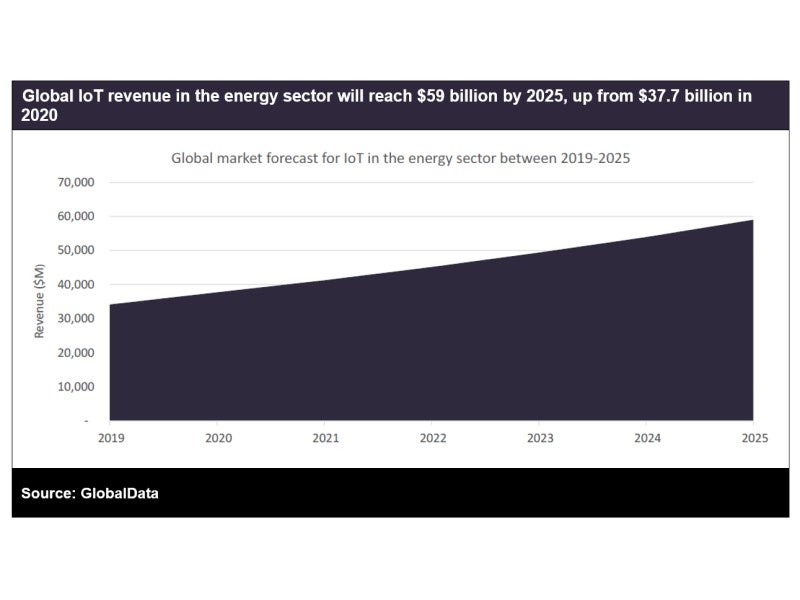Internet of Things (IoT) technologies, such as sensors, wearables and integration with building information modelling (BIM), can improve safety, productivity and profit margins, while also helping oil and gas companies achieve their environmental, social and governance (ESG) objectives. In recent years, governing bodies around the world have upped the ante on decarbonisation efforts. For example, the EU aims to reduce methane emissions by 55% by 2030 compared with 1990s levels. Consequently, several large oil and gas companies are preparing to face the inevitable with supermajors, such as BP, Shell and Total, already pledging to reach net-zero emissions by 2050.
IoT adoption is an effective way for oil and gas companies to address the issue of faulty equipment, which can wreak havoc on fragile ecosystems. It takes decades for ecosystems to recover from burst pipelines and oil spills from tankers. Therefore, being able to more effectively monitor both newly installed and older assets, such as drills, pipelines and tankers, is crucial to safeguarding the environment.
IoT-powered sensors allow oil and gas companies to better monitor these conditions to ensure compliance with regulations on emissions and waste. Oil and gas supermajors plan to concentrate their investments in the following decades on asset classes that advance their net-zero emissions goals, such as carbon capture and renewables. Companies have a chance to better their competitive position by supplying energy that is procured sustainably. Structural changes with tools such as IoT will help to overhaul the emission-heavy industry towards sustainability.

Additionally, oil and gas is an extremely asset-heavy industry. Upstream, midstream and downstream companies all use huge complex facilities. At such a scale, incremental efficiency changes equate to enormous cost improvements. Therefore, companies that can improve the efficiency of their operational processes and minimise downtime and maintenance will reap huge benefits.
Smart sensors are retrofitted onto disparate assets, such as drills, pumps and other equipment. These sensors measure temperature, pressure, moisture, speed and several other operational aspects. The real promise of IoT is that it offers the potential to analyse all data in the context of historical data from similar industry equipment. Sensors help locate the exact source of problems when they occur, reducing downtime and saving on operating expenditure (OPEX). This means that the organisation may be better able to predict when vital parts, such as drill bits, will fail, with a consequent positive impact on production efficiency and costs. IoT technologies can support remote monitoring, making it safer and more reliable.
See Also:
How well do you really know your competitors?
Access the most comprehensive Company Profiles on the market, powered by GlobalData. Save hours of research. Gain competitive edge.

Thank you!
Your download email will arrive shortly
Not ready to buy yet? Download a free sample
We are confident about the unique quality of our Company Profiles. However, we want you to make the most beneficial decision for your business, so we offer a free sample that you can download by submitting the below form
By GlobalData








Related Company Profiles
Shell Co., Ltd.
BP Plc